ABOUT OKINAWA沖縄について
Craftsmanship Cultivated by Unique Culture
Living with its great nature, and appreciating diverse culture built under the influence of overseas during the Ryukyu Kingdom era, people in Okinawa improved their own traditional crafts and developed its craftsmanship. In November 2019, the Ministry of Economy, Trade and Industry (METI) has named 235 traditional crafts across Japan and there are 16 in Okinawa. After Tokyo and Kyoto, Okinawa has the largest number of traditional crafts including textiles, dyed textiles, pottery, and more.
Yachimun, the pottery with simplicity and strength
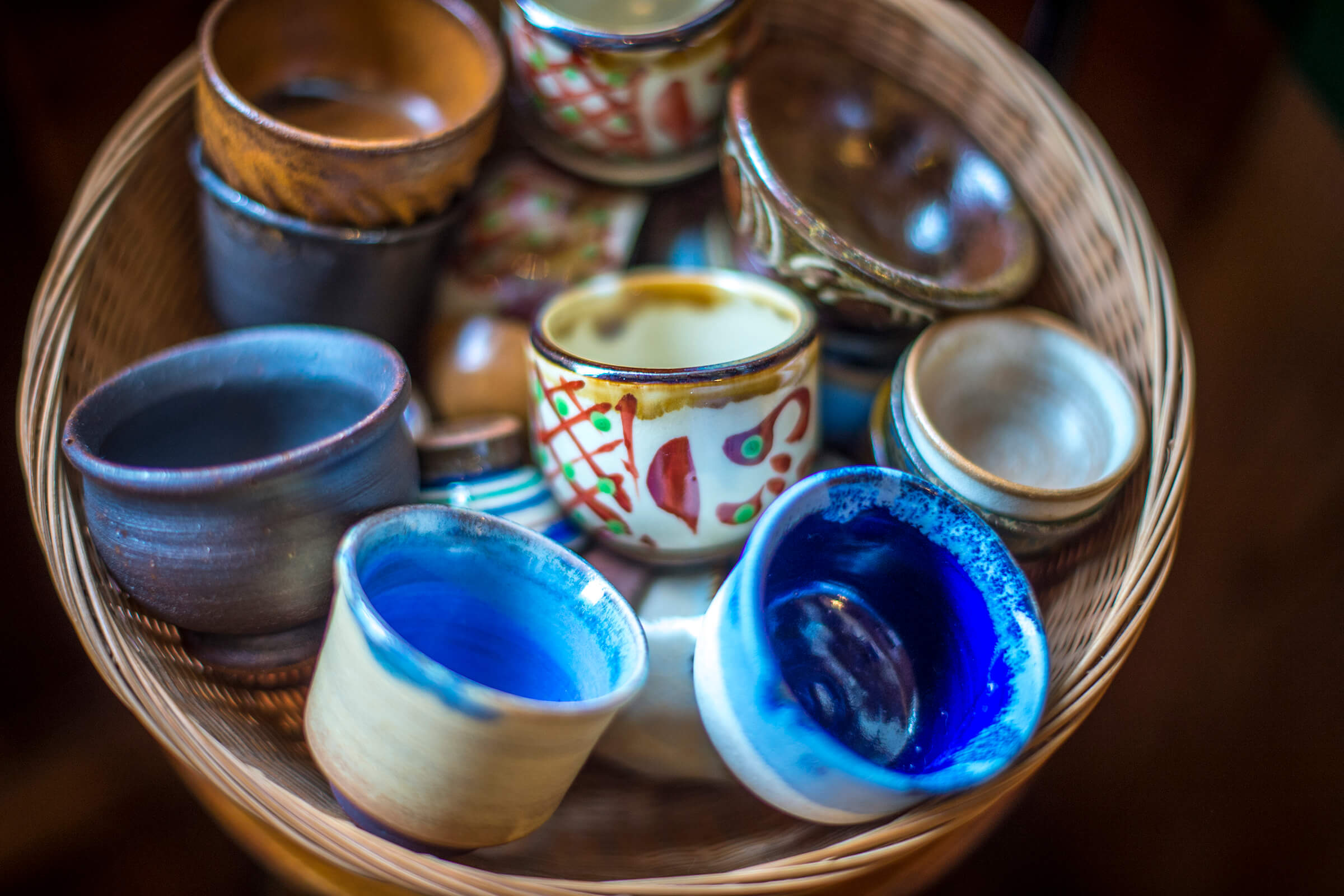
In Okinawa, pottery is called “yachimun.” Ceramics and its techniques were introduced to Okinawa around the 14th to 16th centuries when Okinawa was an independent country called Ryukyu Kingdom and was actively trading with China and other countries in Southeast Asia.
Beginning of the 17th century, when Satsuma (now Kagoshima Prefecture) began to rule over the Ryukyu Kingdom beginning of the 17th century, people in Okinawa started to develop the technique through inviting craftsmans from the Korean Peninsula and learned from their craftsmanship.
Tsuboya-yaki crafted in the Tsuboya area in Naha City is representative of Okinawan pottery. Yachimun was the first priority to be produced ordering by the king, and even today, its simplicity attracts the visitors to visit Tsuboya previously mentioned and Yomitan Village in the central part of Okinawa Main Island where yachimun are produced.
Sensitive and bold - diverse dyed-woven textiles
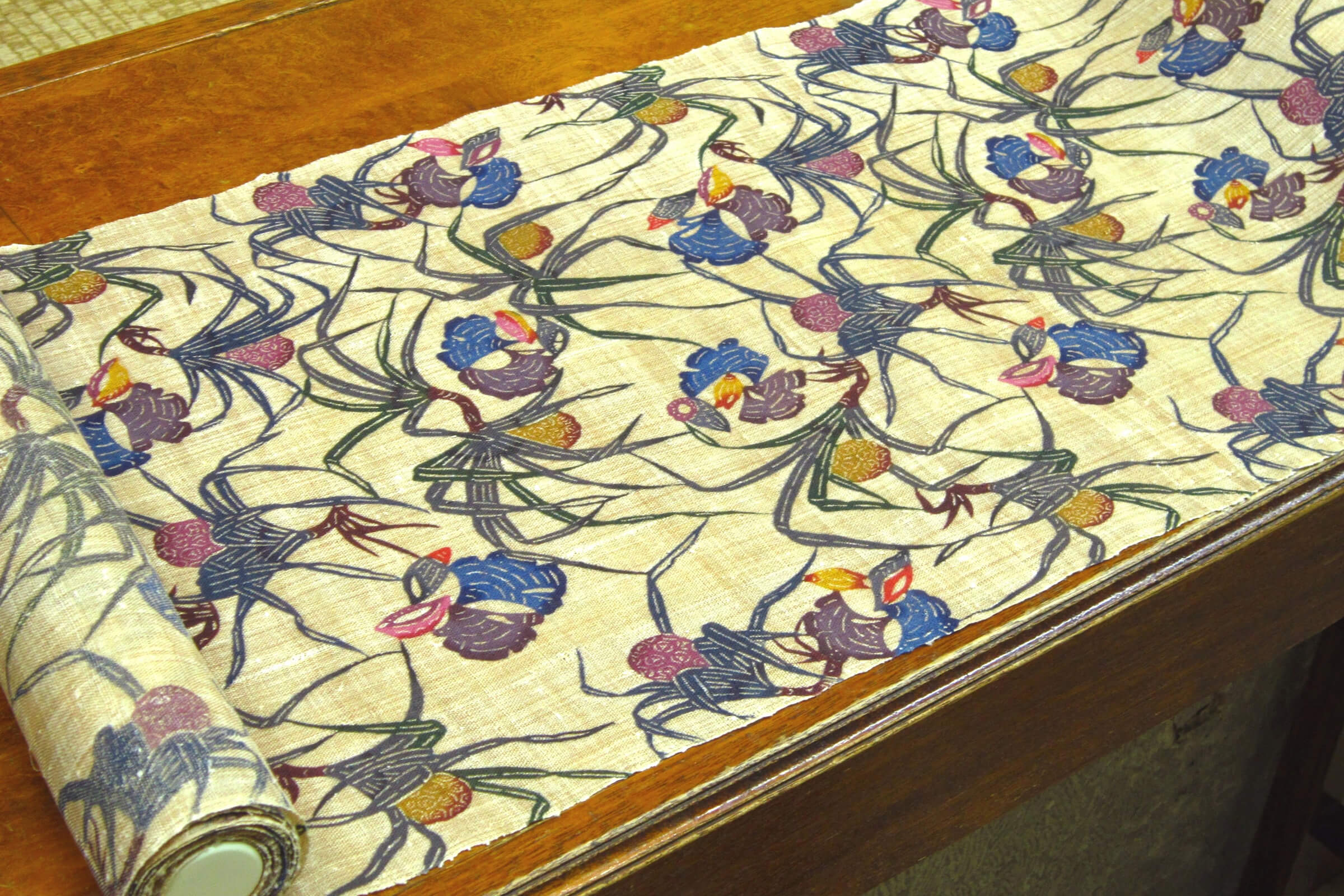
The techniques of weaving and dyeing were imported in the era around 14th to 16th centuries when the Ryukyu Kingdom enjoyed its prosperity through the trades with China, Southeast Asian countries, and India. Those were developed and inherited under the protection of the king, and it created Ryukyu’s unique dyeing and weaving culture.
Dyed and woven textiles are diverse in Okinawa such as dyed textile Bingata, Ryukyu-kasuri originally from India, Bashofu, Miyako-jofu, Yaeyama-jofu, Hanaui, Minsa, and more. 13 out of 16 named traditional crafts by METI are the dyed and woven textiles.
Ryukyu lacquerware with a smooth luster surface and Okinawan pattern
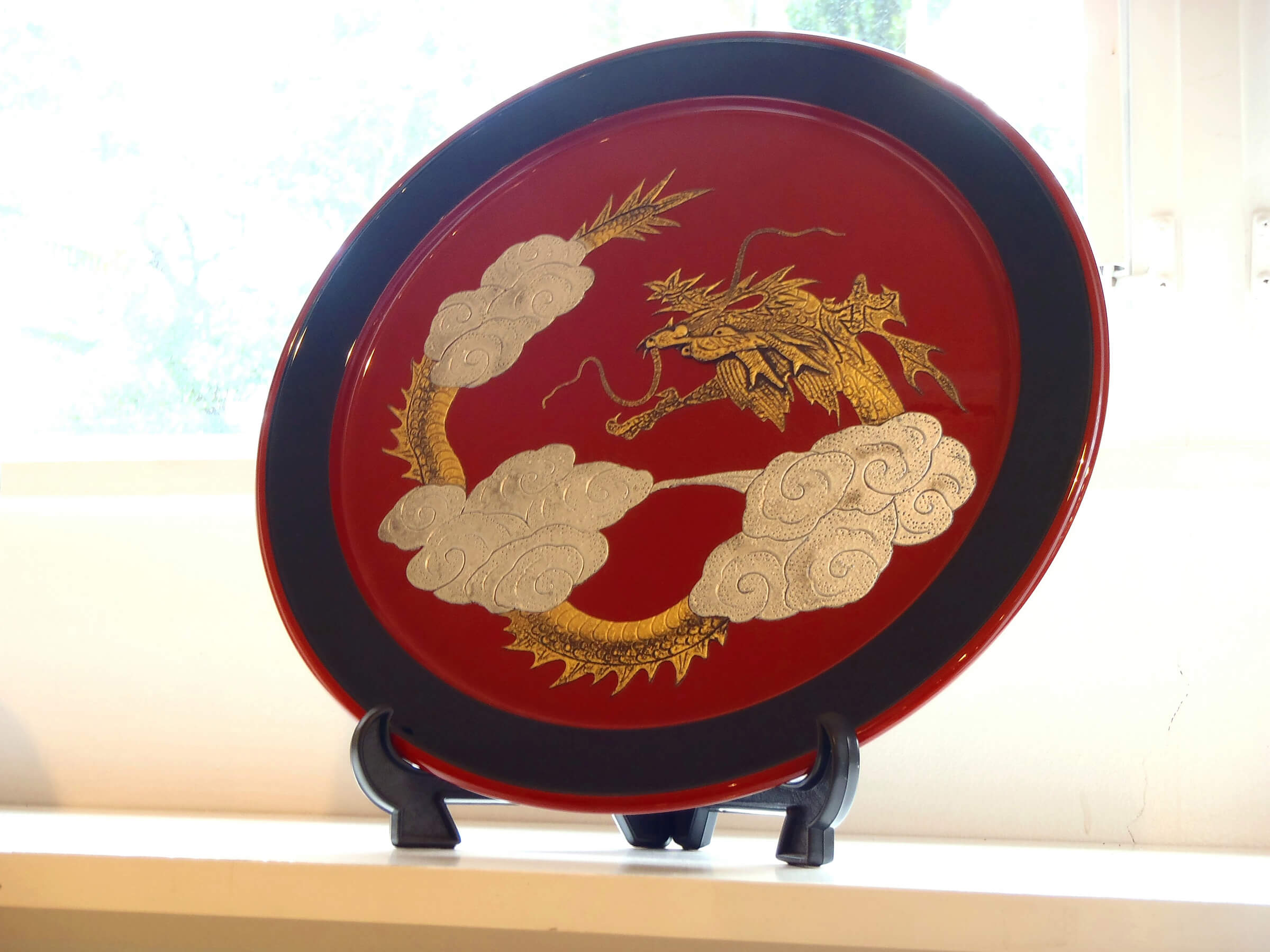
It is said that the production of lacquerware started around 14th century, the Ryukyu Kingdom era. Lacquerware techniques originally imported from China and were well-adapted uniquely during the development and became export goods. We can see the high skill of craftsmanship through the decorating technique called “tsuikin,” which is very unique to Okinawa.
Sanshin, playing the sound of Okinawa
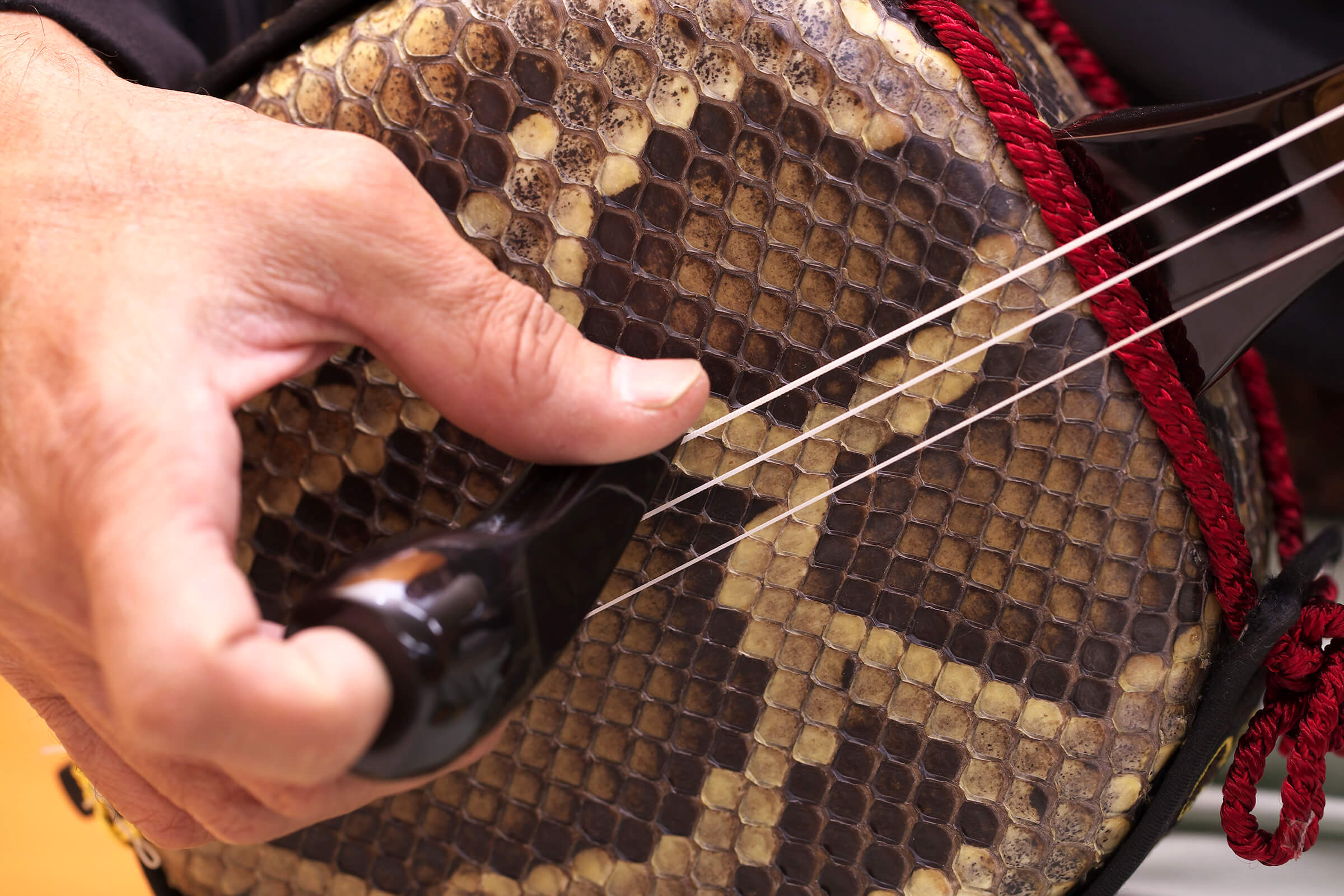
It is commonly said that he prototype instrument of sanshin was brought from China at the end of the 14th century when the Ryukyu Kingdom flourished as an independent country. But looking into its origin furthermore, it could be rooted down to the ancient Egypt’s rabub and Persian setar as if it came along with the Silk Road, a network of trade routes connecting China and the Far East with the Middle East and Europe. The king encouraged the Ryukyu samurai class to play sanshin as their culture and education. Sanshin is used not only for traditional Okinawan performing arts such as kumiodori, eisa and folk songs, but also for pop music in recent years as an instrument playing the sound of Okinawa that people love to play and listen to.
Colorful Ryukyu glass
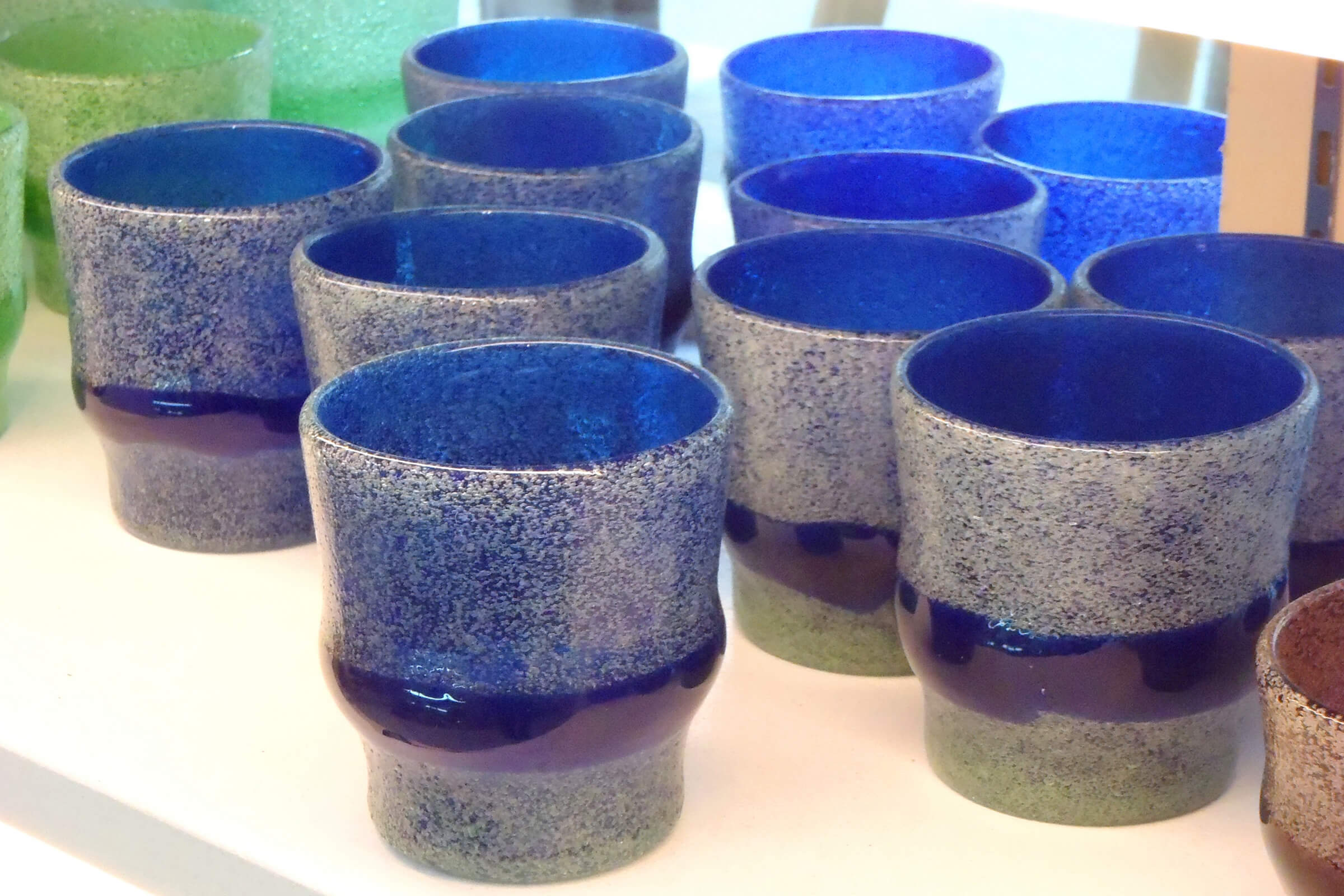
Although it is not a traditional craft specified by METI, Ryukyu glass is one of the popular items representing Okinawa’s traditional craft. It is said that the production began in the early 20th century, transparent medicine bottles, candy bottles, and more were made. After World War II, used bottles were recycled to manufacture glasses, and the colored glass became popular as Ryukyu glass. Today, many products are crafted from raw materials mixed with silica sand and lime, and people enjoy experiencing colorful Ryukyu glass making.
Bibliography
【Okinawa Prefecture】 ※Japanese Only
